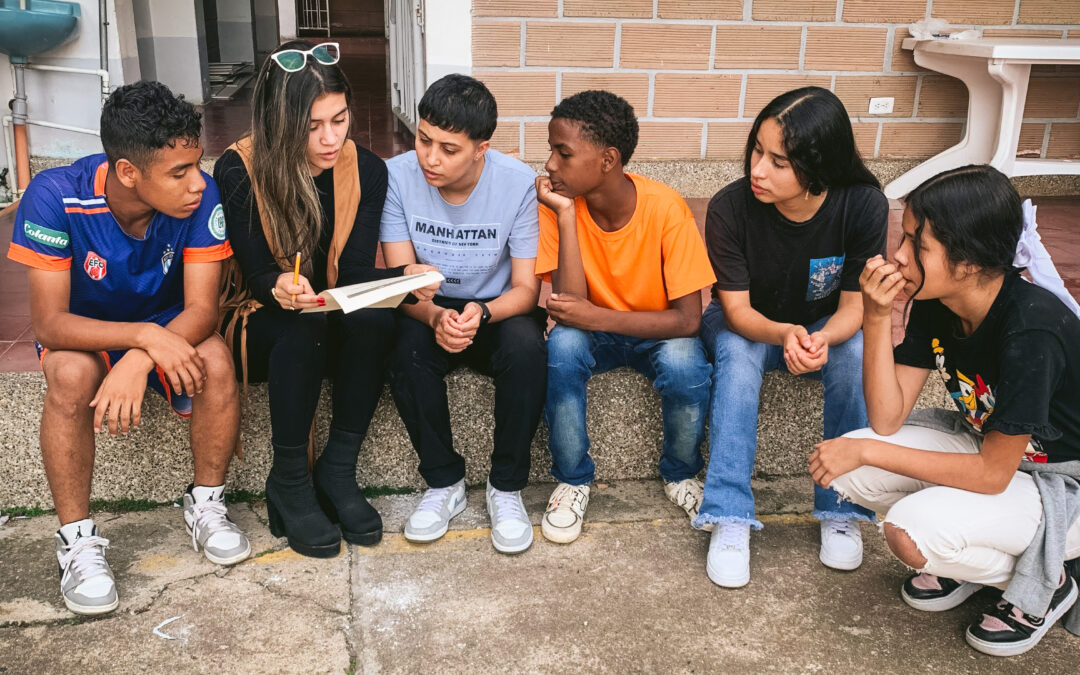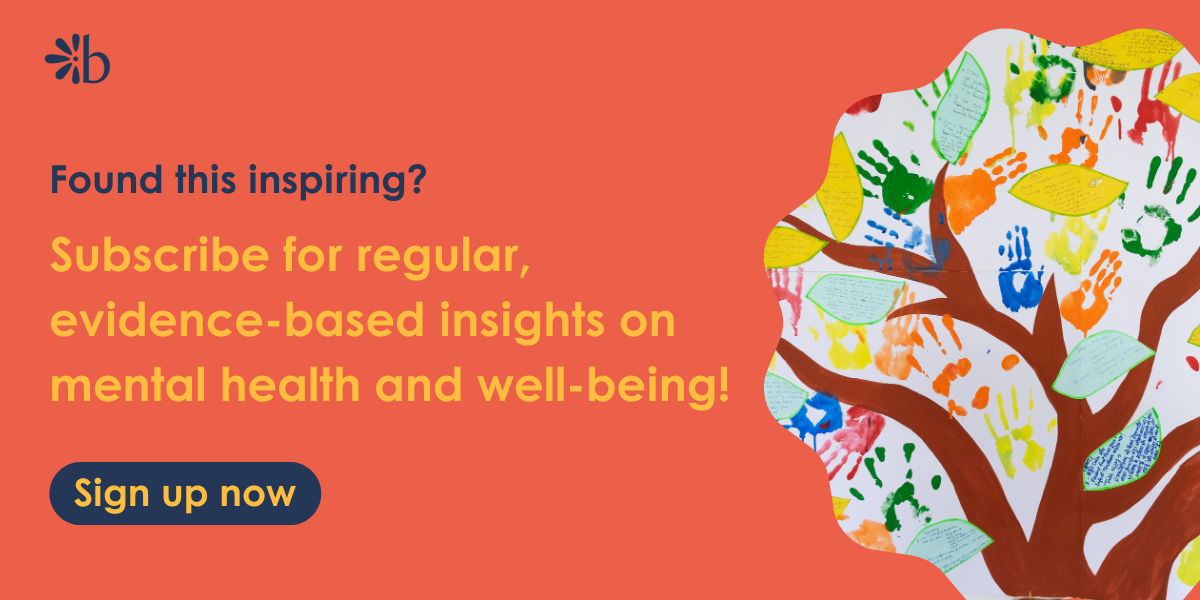Storytelling is ancient. It’s part of every traditional culture, and inhabits far more than words written in books. Storytelling happens through oral tradition, dance, music, visual art, theater, movement, foraging, cultivation and food… the list goes on and on.
So how can we leverage the power of this deeply human practice to support mental health? And why does it matter?
Storytelling is inherent to understanding our world.
Anytime we talk about ourselves— our work, our community, our friends, our day— we are telling a story. As we convey a certain event or circumstance to someone else, we are choosing the details, descriptors, and contexts to disclose. We might interpret the stories and attach meaning to them. These often represent, at least in part, our own inner experiences: thoughts and feelings that are connected to the subject of our story.
Furthermore, stories are revealing. The stories we choose to tell each other often say something about how we want to represent reality. Perhaps they contain a deeper truth or experience that we want to explore. Sometimes they reveal what we really care about.
Using stories specifically to support mental health is captured in the practice of narrative therapy. But you don’t have to be a therapist to use the power of stories in the group or community context to build a sense of positive mental health and well-being.
Sometimes storytelling is simply about voicing what is true to oneself at any given time, and having someone listen with openness and curiosity. Experiencing a hospitable space to tell a story can in itself be healing— especially if that space invites us to re-examine our experiences and choose what we do next, together.
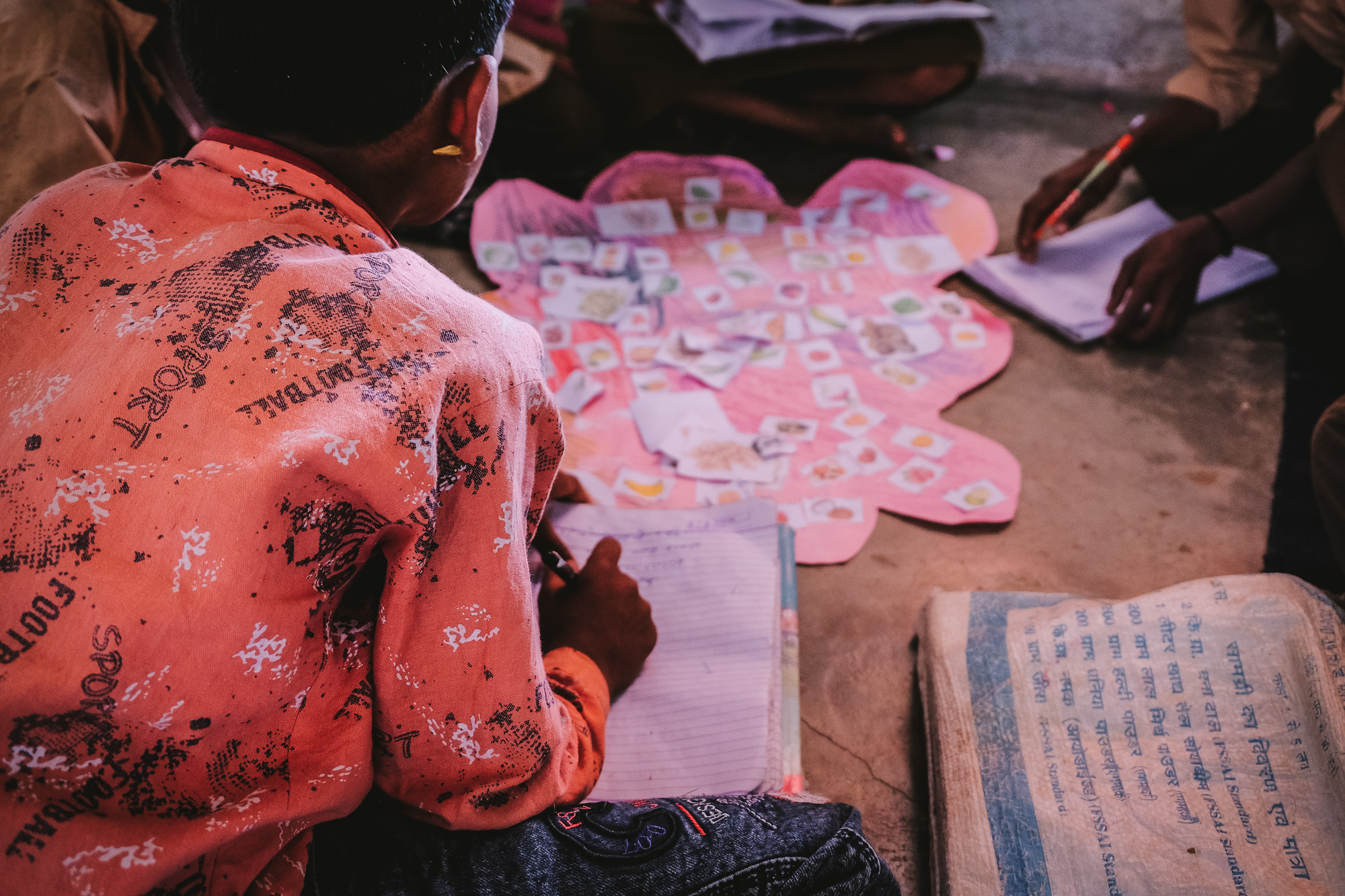
3 ways to use stories in community contexts
Whether you are cultivating mutual trust in a group setting, creating spaces to reflect and share, or seeking to understand others in a deeper way, here are some ways to use storytelling that support dignity and healing in the community context.
1. Stories that illustrate: Tell me about a time when…
This is an easy method for participants to choose what they want to disclose around a particular theme. You can put people in pairs or groups of 3, and invite them to listen deeply to each other. Here are a few examples:
- Tell me about a time when you felt fully alive. What were the circumstances? What were you doing?
- Tell me about a time when someone was kind to you.
- Tell me about a time when you learned something about yourself.
- Tell me about a time when you chose to do something challenging. What made it feel worthwhile?
These are questions that illustrate something about the storyteller. They don’t have to interpret them for you if they don’t want to. But they can choose the examples and communicate something about them.
The stories that are told in response to these questions can often speak to a person’s values, core commitments, or sense of meaning and purpose. What really matters to them? What makes them feel whole and connected?

2. Stories as context: Where do you see yourself in this story?
Another way to help people engage in conversation about their lived experiences is to start with a story or illustration that is external to that person. This can be done with traditional stories, short stories, books, movies, songs, and more. As long as the story has multiple characters or elements in it, you can use it as an entry point.
To ask someone “Where do you see yourself in this story?” or “Who do you relate to in this story?” is to invite them to draw parallels between a character’s experience with their own.
Participants do not necessarily have to disclose what particular actions or thoughts they share with the character, only the experiences of the character that resonate with them. For example, “I relate to Samwise Gamgee because I want to be a good friend.” Or, “I like the way Regina George doesn’t care what anyone thinks.”
Remember that not everyone relates to characters because they want to be exactly like those characters. There is simply an element of the character’s experience that feels familiar to them. And that is a starting point for exploring some dimension of each individual’s experience that is important to them.
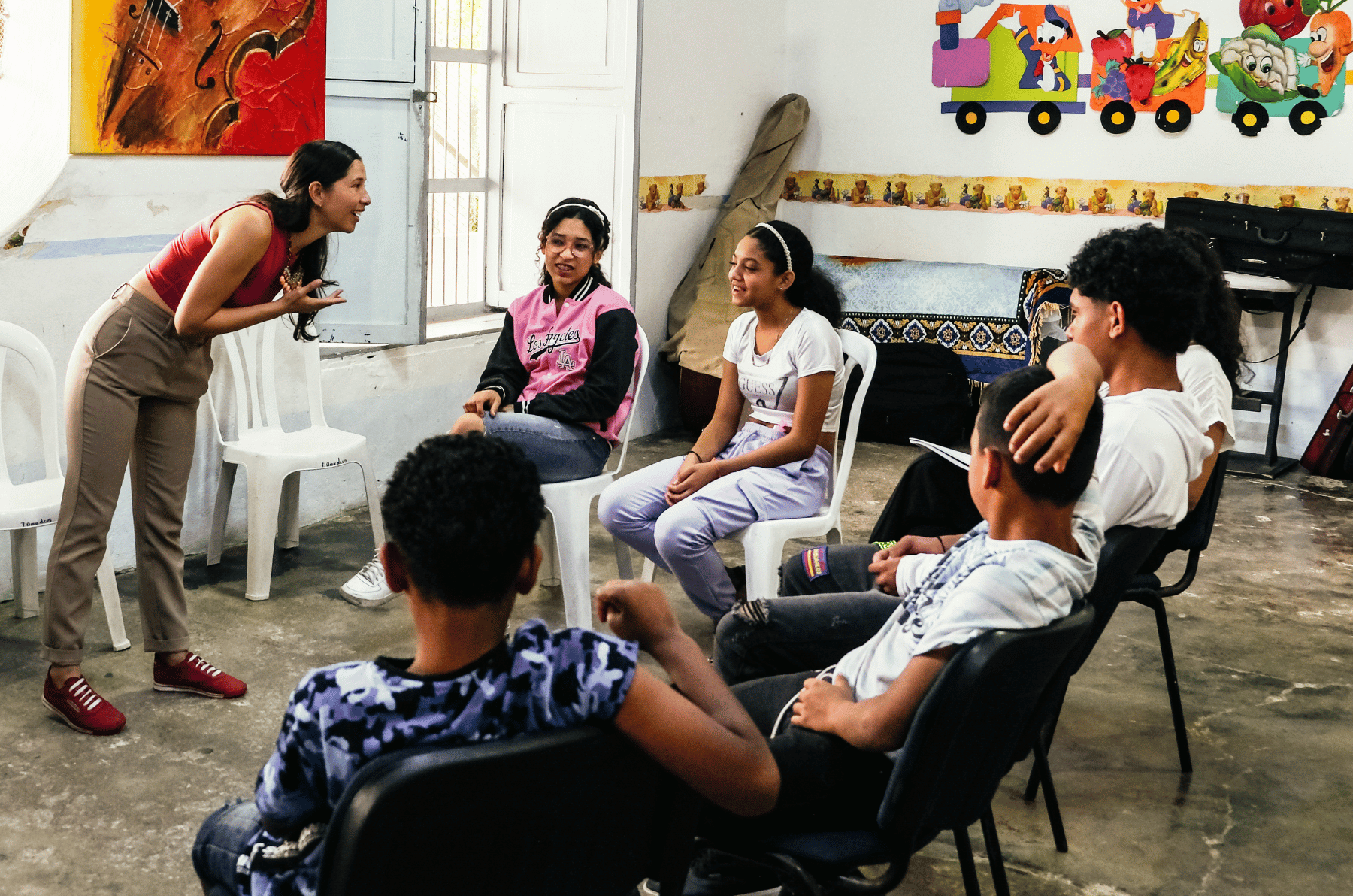
3. Stories as metaphor: Where do you see this story in your experience?
Finally, this method turns the previous one on its head. It uses a simple metaphor or illustration and invites the participants to internalize it. So rather than seeing themselves as a character in a story, they map the story onto their own experiences.
Here’s an example. Let’s say you share a simple story about a traveler journeying through a storm. The wind is howling and the rain is falling. Suddenly, the traveler realizes they’ve been blown off the road and that they must wait out the storm. They see a nearby tree with strong roots and a huge canopy. The leaves are flying around but the branches are steady. The traveler hides under the tree to wait out the storm. As the storm begins to clear, the traveler climbs the tree and realizes they can see the road again, not too far off. They begin to travel back toward the road to their destination.
This story is so simple that it could refer to anyone, anywhere. It is also not (necessarily) literal. After telling this story, you can invite participants to imagine that they are the traveler, but in their own sense. What kinds of “storms” have they faced? What was the wind and rain in that storm? What was the tree that offered them shelter? Were they able to find their way back?
For groups that tend to take things more literally, you can start with literal experiences of storms. (Where was it? What happened?) And then slowly, draw the connection between literal storms and life’s challenging moments. Encourage them to play with the metaphor. What elements stand out to them?
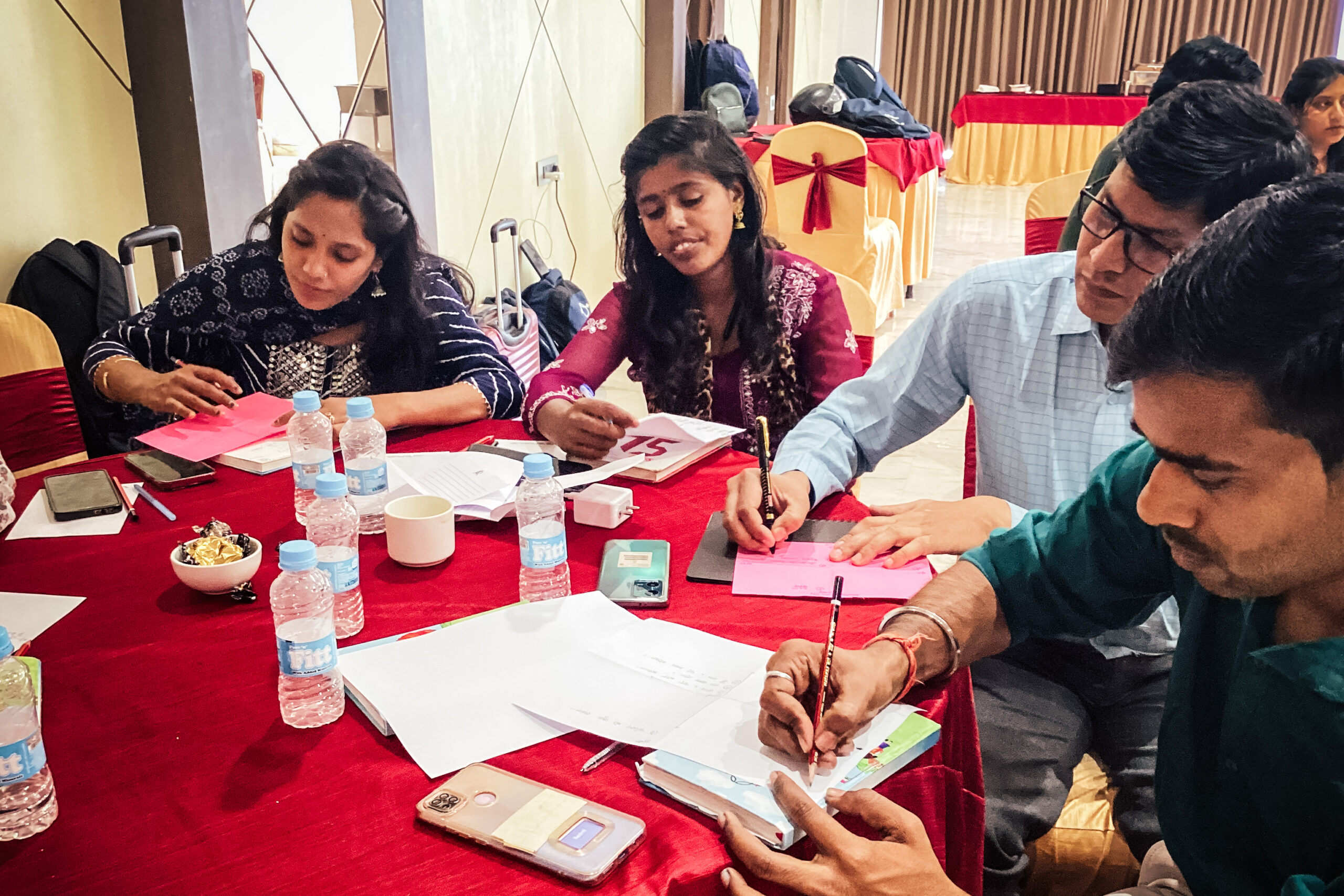
Bringing it together: storytelling for expression and solidarity
What exactly is it about these practices that support mental health? There are a few possibilities.
First, participants are offered an intentional space to look inside their own experiences. Acknowledging our lived experiences is an important step in recognizing how we would like to respond. Responses can range from simply offering gratitude to ourselves or someone else; practicing self-compassion; seeking forgiveness; making a plan; trying something new; addressing an injustice. It starts with acknowledgement.
Second, participants can share a space in which their deepest aspirations are named. Not everyone will share the same values, but they can offer each other support and solidarity in moving toward personal and collective values. You can always ask: “What can we do to support you?”
And finally, the opportunity to express and narrate our perceived realities is also the power to be more open and curious about those perceptions. Stories put our assumptions, interpretations, and perspectives on display. And when we can step back and look at them not as extensions of ourselves, but as distinct narratives we can change, we can decide if we’d like to expand our stories to find more freedom, healing, and connection. That’s the thing about stories— we can always tell them again, in new ways.

